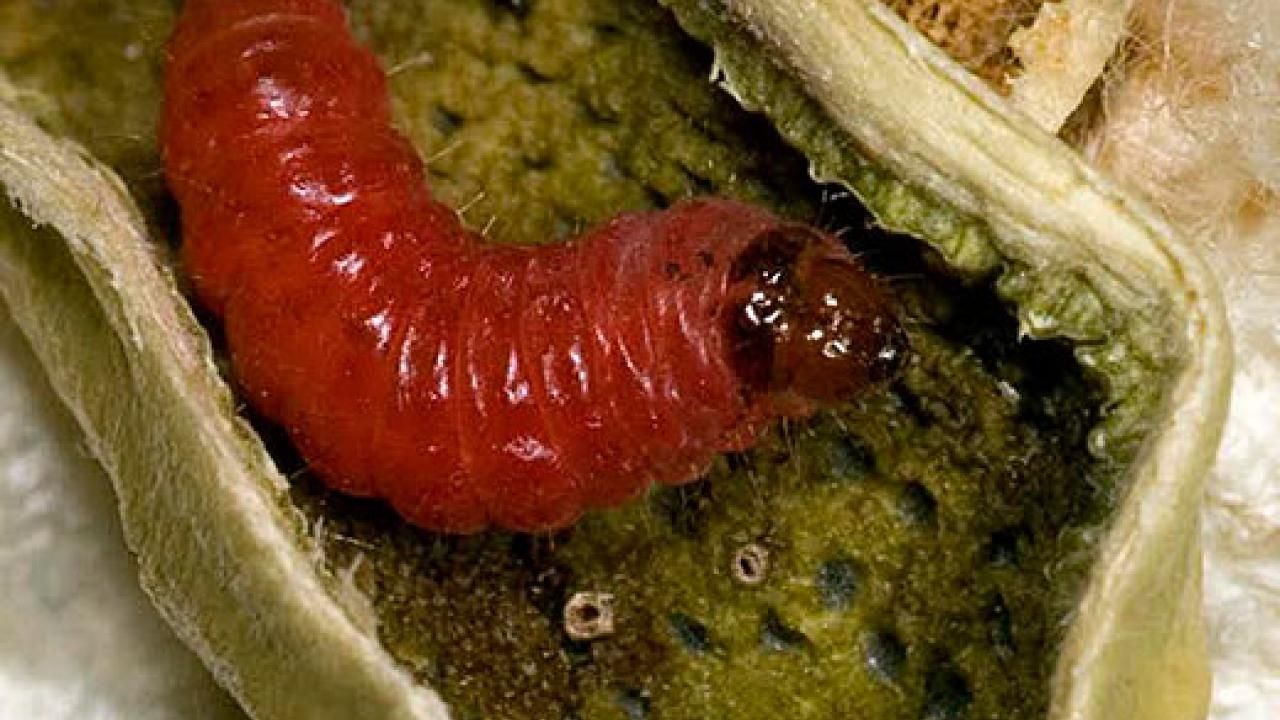Evolutionary biology techniques can and must be used to help solve global challenges in agriculture, medicine and environmental sciences, advises a nine-member global team led by an evolutionary ecologist from University of California, Davis.
Findings from the study will appear Sept. 11 in Science Express: http://www.sciencemag.org/content/early/2014/09/10/science.1245993.full.pdf
“Evolutionary biology is often overlooked in the study of global challenges,” said lead author Scott Carroll of the UC Davis Department of Entomology and Nematology and the Institute for Contemporary Evolution, also in Davis. “By looking at humanity’s problems across the domains of nature conservation, food production and human health, it is clear that we need to strengthen evolutionary biology throughout the disciplines and develop a shared language among them.”
The new study calls attention to how evolutionary biology can be used to address challenges in agriculture, medicine and environmental sciences, for example, in crop breeding, avoiding antibiotic resistance, genetic therapy for diseases and mitigating the effects of climate change.
“A particular worry is the unaddressed need for management of evolution that spans multiple sectors, such as occurs in the spread of new infectious diseases and antimicrobial resistance genes between natural, human health and agricultural systems,” Carroll said.
“Many of the global challenges we face today have common biological solutions,” said co-lead author Peter Søgaard Jørgensen of the University of Copenhagen, Denmark. “We can tackle them effectively only if we are aware of successes and progress in all fields using evolutionary biology as a tool.”
The researchers crafted a graphic wheel divided into food, health and environment sectors and cited the challenges that link them together, including rapid evolution and phenotype environment mismatch in more slowly reproducing or threatened species.
Society faces two sorts of challenges from evolution, the research team said. “The first occurs when pests and pathogens we try to kill or control persist or even prosper because the survivors and their offspring can resist our actions,” Carroll said. “The second challenge arises when species we value adapt too slowly, including humans.”
Although practices in health, agriculture and environmental conservation differ, each field can better target challenges using the same applications of evolutionary biology, they said.
For example, when a farmer plants a crop that is susceptible to pests, he might actually help the agricultural community as a whole by slowing down evolution of pesticide resistance, the authors said, citing an applied evolutionary biology tactic used in agriculture.
Planting pest-friendly crops has been used in the United States with good results, the team said. Pests reproduce in abundance eating the susceptible plants, and when a rare resistant mutant matures on a toxic diet, it is most likely to mate with a susceptible partner, keeping susceptibility alive. This approach works to suppress unwanted evolution on the whole, but farmers will have sacrificed a short-term gain for the long-term good.
Similar innovative solutions exist across the fields of medicine and environmental conservation, they said.
Other co-authors are Michael T. Kinnison, University of Maine; Carl Bergstrom, University of Washington; R. Ford Denison, University of Minnesota; Peter Gluckman, University of Auckland, New Zealand; Thomas B. Smith, UCLA; Sharon Strauss, UC Davis Department of Evolution and Ecology and Center for Population Biology; and Bruce Tabashnik, University of Arizona.
The research was funded in part by the National Science Foundation and the Australian-American Fulbright Commission.
UC Davis is growing California
At UC Davis, we and our partners are nourishing our state with food, economic activity and better health, playing a key part in the state’s role as the top national agricultural producer for more than 50 years. UC Davis is participating in UC’s Global Food Initiative launched by UC President Janet Napolitano, harnessing the collective power of UC to help feed the world and steer it on the path to sustainability.
Media Resources
Pat Bailey, Research news (emphasis: agricultural and nutritional sciences, and veterinary medicine), 530-219-9640, pjbailey@ucdavis.edu
Scott Carroll, Entomology and Nematology, (530) 902-8267, spcarroll@ucdavis.edu
Kathy Keatley Garvey, Entomology and Nematology, 530-754-6894, kegarvey@ucdavis.edu
